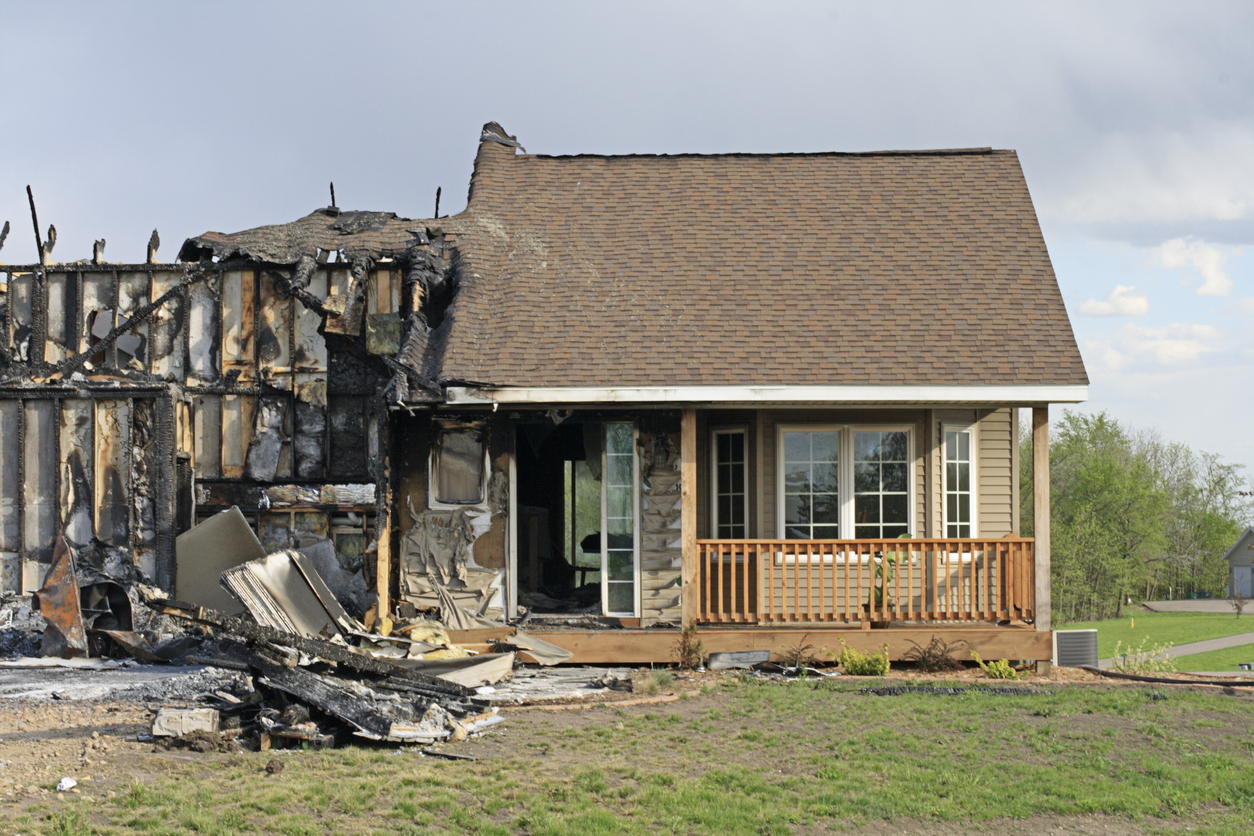The basic principle of a “valued policy” statute is that the parties to a fire insurance contract agree in advance on a valuation of the property to be insured, and, in the absence of fraud, this valuation is binding and not subject to judicial inquiry.
The purpose of valued policy statutes is twofold:
- To prevent over insurance by requiring prior valuation
- To avoid litigation by prescribing definite standards of recovery in case of a total loss.1
“Total loss” is not defined by Minnesota Statute, but is defined by common law:
A building is not a total loss…unless it has been so far destroyed by the fire that no substantial part or portion of it above ground remains in place capable of being safely utilized in restoring the building to the condition in which it was before the fire…There can be no total loss of a building so long as the remnant of the structure left standing above ground is reasonably and safely adapted for use (without being taken down) as a basis upon which to restore the building to the condition in which it was immediately before the fire; and whether it is so adapted depends on the question whether a reasonably prudent owner of the building, insured, desiring such a structure as the one in question was before the fire, would, in proceeding to restore the building, utilize such standing remnant as such basis. If he would, then the loss is not total.2
As such, the question becomes: What does it take to prove a total loss? The appellate court in Else v. Auto-Owners Insurance Company,3 recently addressed this issue. The insured sustained two fire losses which left the property in a significantly damaged but not entirety destroyed condition. Photographic evidence showed “significant portions” of the dwelling still standing after the second fire.
While the appellate court noted that there may be cases in which a jury can determine whether a fire resulted in a total loss without the assistance of expert testimony, in this case where the jury would be left to determine whether the still-standing portions of the dwelling could “reasonably and safely be adapted for use (without being taken down),” would require expert testimony. In other words, whether or not the remaining portions of the dwelling could safely be utilized to rebuild the structure is something not within the “common knowledge of the jury” and would require expertise.
The appellate court concluded that the insured did not prove a total loss because he had not introduced expert testimony supporting a finding that the fires resulted in a total loss and affirmed the district court’s granting of summary judgment in favor of Auto-Owners.
________________________________
1 Nathan v. St. Paul Mut. Ins. Co., 243 Minn. 430, 433-34 (1955).
2 Northwestern Mut. Life Ins. Co. v. Rochester German Ins. Co., 85 Minn. 48, 52 (1901).
3 Else v. Auto-Owners Ins. Co., 2020 WL 413351 (Ct. App. Minn. Jan. 27, 2020).




